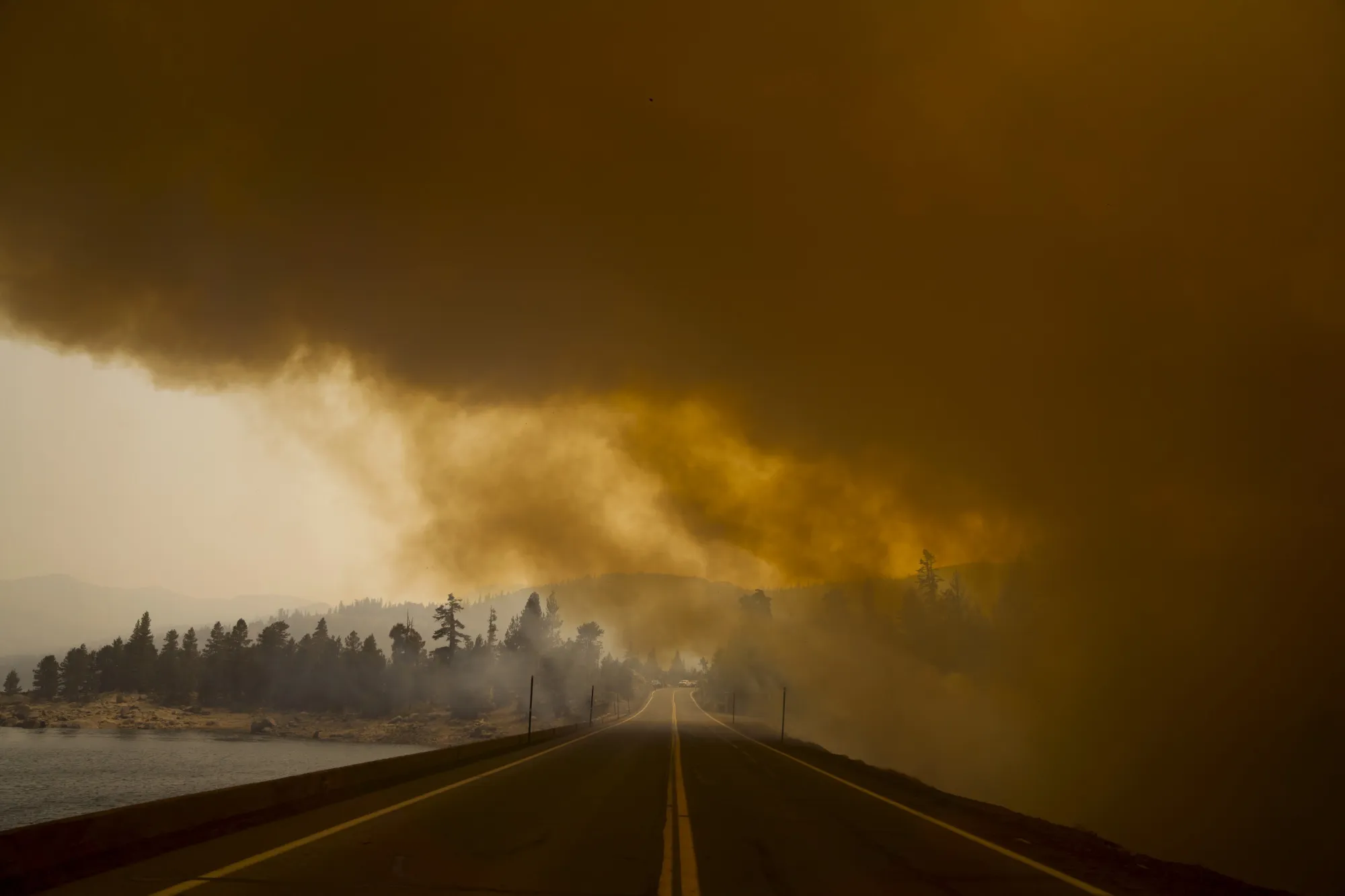Catastrophe-bond issuance surged to an all-time high of $17.7 billion this year, boosting the overall market to nearly $50 billion, according to Artemis, which tracks insurance-linked securities. This marks a 7% increase from last year’s record as insurers shift more climate disaster risks to private investors.
“Larger, more diverse, and deeper markets are key to the success and sustainability of cat-bond solutions,” said Tanja Wrosch, head of cat-bond portfolio management at Twelve Capital AG.
Cat bonds allow insurers to transfer risks from natural disasters like hurricanes and earthquakes. Investors can earn double-digit returns if predefined calamities don’t occur but face steep losses if they do.
The rising cost of rebuilding after disasters, driven by inflation and more frequent extreme weather events linked to climate change, has made cat bonds increasingly attractive to insurers. For example, Allstate Corp. secured $650 million in reinsurance protection this month, 86% more than initially targeted.
In 2024, cat-bond investors are set to earn returns of 16%, fueled by risk spreads and higher money-market yields of 4.5% to 5%. However, risk spreads fluctuated sharply this year, with Twelve Capital predicting they’ll stabilize at 5% to 7% in 2025.
While insurers traditionally use cat bonds for rare “tail events” like hurricanes, they’re now applying them to frequent but smaller-scale disasters like wildfires and thunderstorms. However, scientific models for these “secondary perils” remain less reliable, leading many investors to prefer bonds tied to single, major events.
Still, secondary perils are becoming a significant challenge. Twelve Capital reports that non-peak disasters will account for over $50 billion in insured losses this year, reflecting a “new normal” for events like tornadoes and hailstorms.

